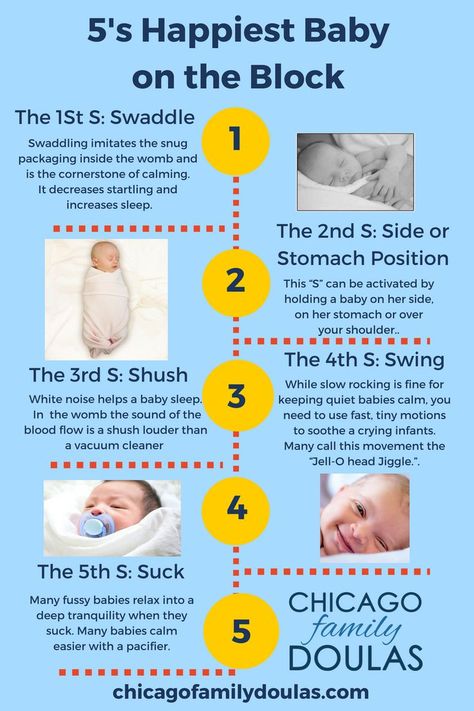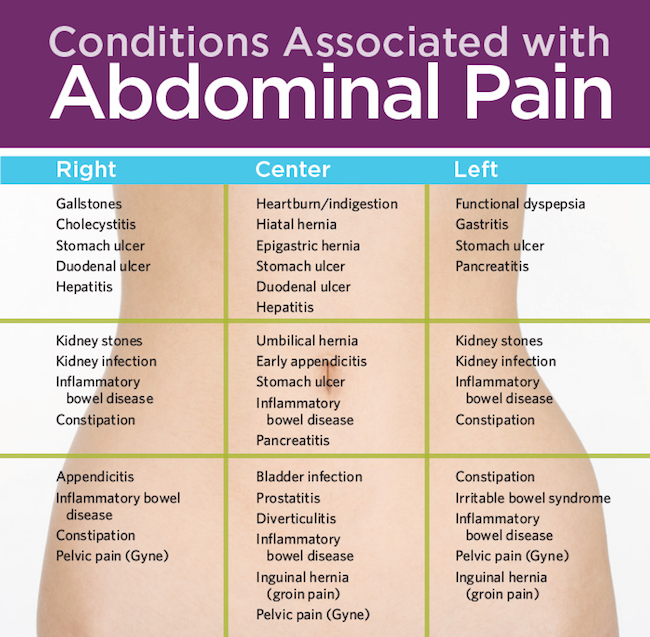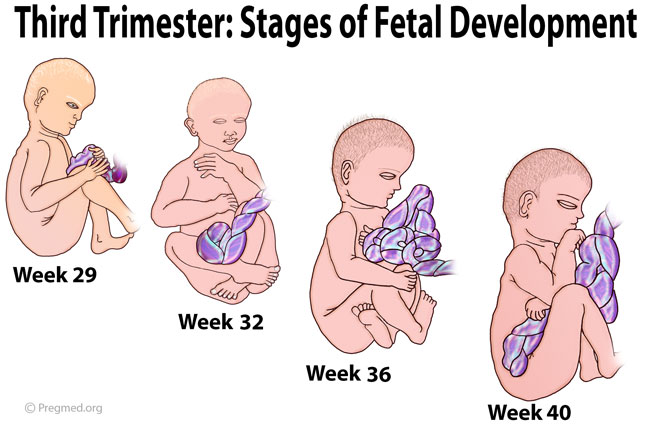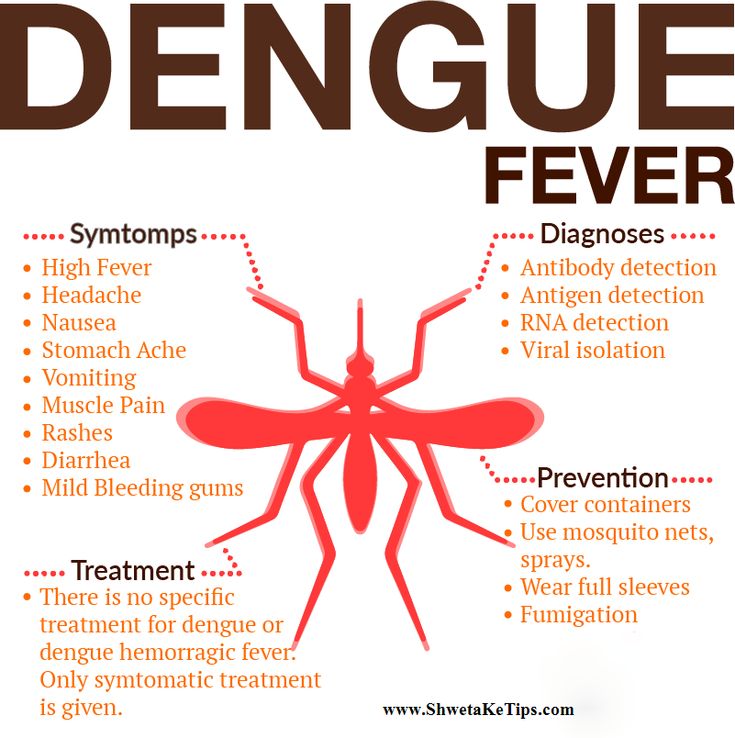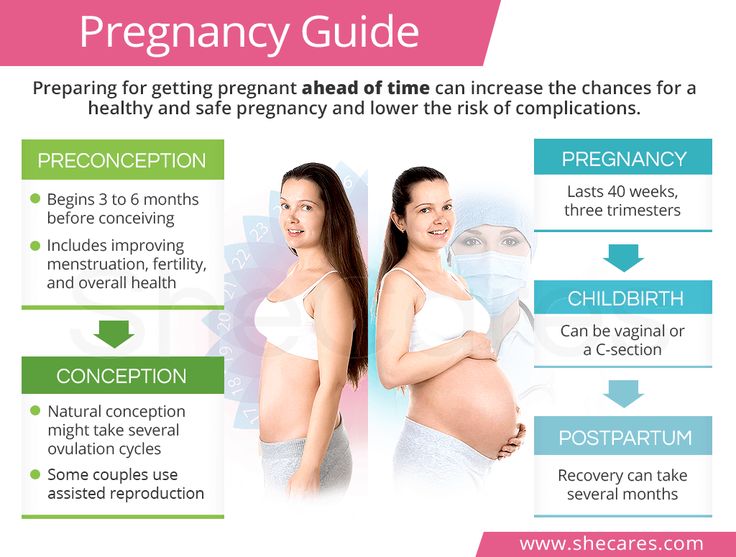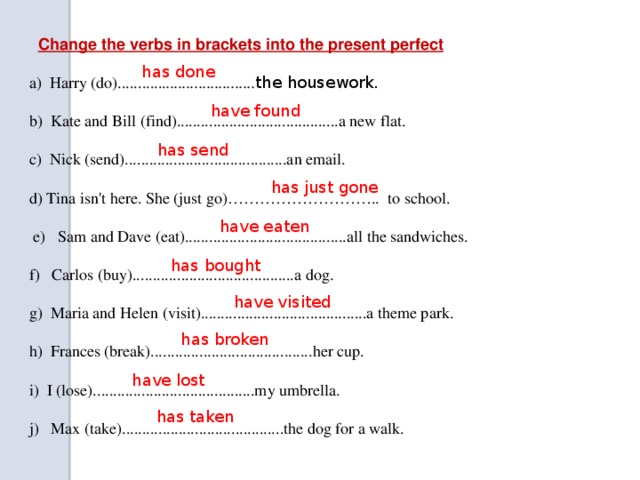Infants crying in sleep
What's normal and how to soothe them
When a baby begins crying in their sleep, caregivers may worry that something is wrong. However, in most cases, for babies, crying while asleep is a phase rather than a sign of a serious problem.
For many caregivers, sleep-related issues are among the biggest challenges during the baby and toddler years. Sleep problems are common, affecting at least 30 percent of children.
In this article, we look at the reasons why a baby might cry in their sleep, how to soothe them, and the normal sleep cycles that people can expect at different ages.
Share on PinterestIt is common for young babies to make noises during sleep, including crying.Newborns and young babies may grunt, cry, or scream in their sleep.
Very young children’s bodies have not yet mastered the challenges of a regular sleep cycle, so it is common for them to wake frequently or make strange sounds in their sleep.
For very young babies, crying is their main form of communication. It makes sense, then, that babies cry often and might also cry in their sleep.
As long as a baby does not have additional concerning symptoms, such as other signs of illness or pain, this is developmentally normal, and not a sign that something is wrong.
As babies develop more ways to express themselves, crying while asleep may be a sign that they are having a nightmare or night terror. Toddlers and older babies who cry while asleep, especially while moving in bed or making other sounds, may be having night terrors.
Nightmares occur during light sleep, or random eye movement sleep. Night terrors, on the other hand, occur when a child becomes very agitated during the deeper phases of sleep. Children are more likely to cry from night terrors early in the night.
Night terrors are relatively rare and usually occur in children aged between 4 and 12 years old, though people have reported possible night terrors in babies as young as 18 months old. Night terrors may be more likely to occur if a child is sick or sleep-deprived.
When a baby briefly cries out in their sleep, they often settle on their own. Picking them up may wake them up, disrupting their sleep.
If the crying continues, try talking softly to the baby or rubbing their back or stomach. This can help shift them into a different stage of sleep and help them stop crying.
Breastfed babies who nurse in their sleep may find comfort from nursing. Caregivers should decide whether or not the baby is likely to awaken from nursing and assess whether they are willing to risk waking the baby.
It can also be helpful to simply observe the baby’s sleep pattern. Some babies let out a soft cry as they fall deeply into sleep, or immediately before waking. Identifying the baby’s typical sleep pattern can help caregivers assess the cause of crying.
Some babies might cry in their sleep when they are sick or teething, but pain that causes crying will usually wake the baby. Caregivers can talk to a pediatrician about how to ease the baby’s pain.
Although we do not yet know when nightmares start, a caregiver who thinks that they hear their baby having a nightmare can soothe them by talking calmly to them or rubbing their back. Babies who are still breastfed may also find comfort from nursing.
If a baby wakes up after having had a nightmare, comfort them and follow a soothing sleep ritual to get them back to sleep. Older babies and toddlers may need reassurance that the nightmare was not real.
Share on PinterestA person should speak to a doctor about a child experiencing a sudden change in sleep patterns.
Caregivers should talk to a doctor about nighttime crying and other sleep issues when:
- a child cries out in pain
- a child’s sleep habits suddenly change
- a child’s sleep problems last for several nights and interfere with the ability of the child or caregiver to function
- feeding difficulties, such as a bad latch, not getting enough breast milk, or concerns with a formula sensitivity, interfere with sleep
There is no single normal sleep pattern in babies and young children.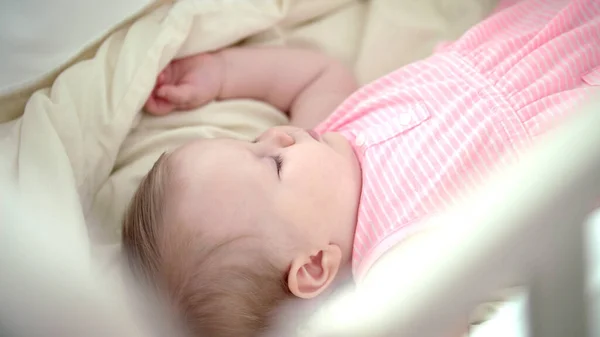 Sleep patterns change rapidly over the first 3 years of life, with lots of variation between individual children. The amount of sleep crying will also change over time.
Sleep patterns change rapidly over the first 3 years of life, with lots of variation between individual children. The amount of sleep crying will also change over time.
Babies have shorter sleep cycles than adults and spend more time in light sleep, meaning that there are more chances for them to cry, grunt, or make other noises in their sleep.
Cultural and family norms can also affect sleep expectations. With the advice of a healthcare professional, caregivers can choose sleep strategies that work for them, their culture, and the needs and personality of their baby.
This section discusses average sleep patterns for babies of different ages. However, there is a lot of variation, and if a baby has a different sleep pattern from those given below, there is often no cause for concern.
Newborns (0–1 month)
Sleep is unpredictable in the first month, often punctuated by brief waking periods followed by naps and longer stretches of sleep. Some babies seem to have confused night and day.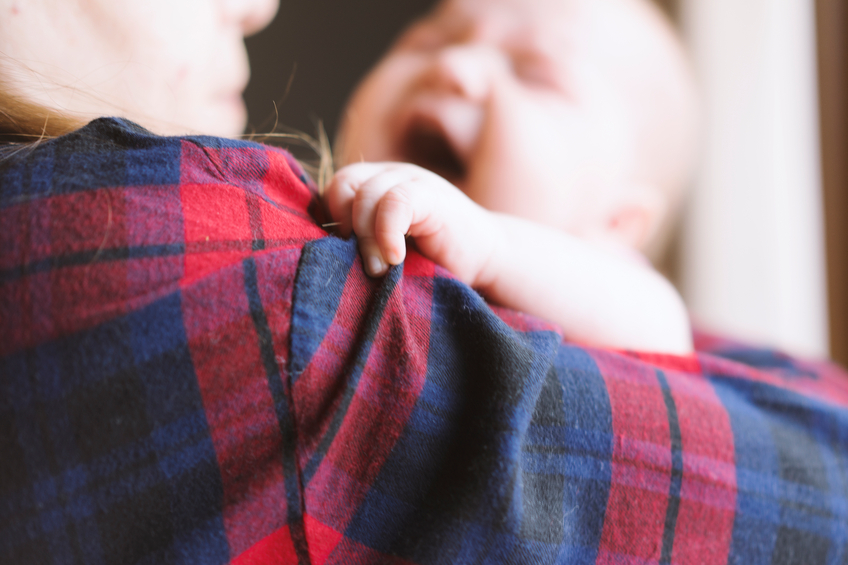 Sleep crying is common.
Sleep crying is common.
Babies typically wake every 2–3 hours, and sometimes even more often, to eat.
Exposing a baby to natural daylight and establishing a routine may help regulate their sleep patterns. For most babies of this age, however, a regular sleep schedule or long periods of sleep at night are unlikely.
Older newborns (1–3 months)
Newborns aged 1–3 months are still adjusting to life outside the womb. Some begin to develop a regular sleep schedule, though sleeping through the night is unlikely.
At this age, babies often cry out in their sleep or wake up crying if they are hungry. Sleep sessions typically last 3.5 hours or under.
Infants (3–7 months)
Share on PinterestBabies aged 3–7 months may develop a regular sleep schedule.
Between 3 and 7 months, some babies begin sleeping longer stretches or sleeping through the night. There is still considerable variation between babies.
Some babies also experience a sleep regression around 4 months that changes their sleep pattern.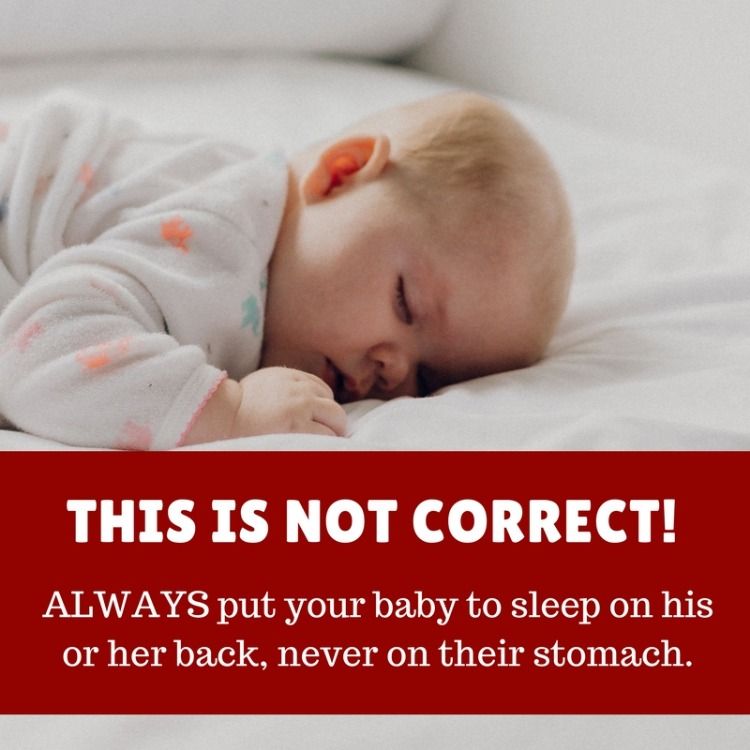
Later in this period, many babies develop a sleep schedule of two daily naps and a longer period of sleep at night. Establishing a daily routine and a nighttime sleep routine can help.
Infants (7–12 months)
Most babies will sleep through the night by the time they are 9 months old. At around a year old, some babies drop down to just one nap per day. Others may need two naps per day well into their second year of life.
Toddlers (12 months and older)
Toddlers need 12–14 hours of sleep per day, divided between their nap and nighttime sleep. Most drop down to a single daily nap by 18 months of age.
Toddlers may experience occasional shifts in their sleep habits when something disrupts their routine, they are sick, or they go through a major developmental shift. This may include more crying than usual.
A child who routinely sleeps through the night, for example, may wake at 3 a.m. ready to play for a few nights.
Sleep can be challenging, especially in the early months and years. Every baby is unique and has their own set of needs and tendencies.
Every baby is unique and has their own set of needs and tendencies.
Caregivers can find ways to work with a baby’s temperament to maximize sleep, soothe crying, and ensure that the baby feels safe and comfortable at night.
In most cases, crying out in sleep is not dangerous or a sign of a serious problem. Sooner or later, almost all babies do it, and eventually, all babies sleep.
Why Do Babies Cry in Their Sleep? – Happiest Baby
By Happiest Baby Staff
We’re all pretty familiar with the phenomenon of talking in your sleep and even walking in your sleep…but crying in your sleep? For babies, crying while sleeping is a normal and expected behavior! But questions remain: Why do babies cry in their sleep? What do you do if your baby cries in their sleep? And is Baby crying in their sleep something to worry about? Here, all the answers you’re looking for!
Why do babies cry in their sleep?Suddenly hearing your sweet sleeping baby cry out from their bassinet is jarring and sometimes worrisome. There are several common reasons that your baby might cry during sleep.
There are several common reasons that your baby might cry during sleep.
Newborn babies spend about half their sleeping hours in rapid eye movement (REM) sleep. REM sleep is also dubbed “active sleep”—and for good reason! During REM, babies twitch and jerk, their tiny mouths move, their closed eyes flutter…and they can whimper and cry, too. And because newborns cycle back to active sleep about every 45 to 50 minutes, crying in their sleep can occur throughout their ZZZs. All of this is 100% normal and nothing to worry about!
Babies cry in their sleep because they’re hungry.Babies have tiny tummies, and they grow rapidly, so they get hungry a lot...including throughout the night. Breastfed newborns wake to feed about every 2 to 3 hours and formula-fed babies do so roughly every 3 to 4 hours. And since crying is your little one’s only form of communication, that’s how they let you know they need a bite to eat. (Unsure if feeding is the answer? Here, signs your baby is hungry.)
(Unsure if feeding is the answer? Here, signs your baby is hungry.)
Babies love to suck! That’s why sucking is part of the game-changing 5 S’s for soothing babies. However, if your baby snoozes with a pacifier and the paci falls out, tears are a likely side effect.
Babies cry in their sleep because of the startle reflex.Your baby’s nervous system is a work in progress, which means their innate reflexes are in full effect...and can disrupt sleep. For example, your little one’s startle reflex (aka the moro reflex) can cause wild hand motions that can easily bonk themselves in the face, causing tears.
Babies cry in their sleep because they’re uncomfortable.Dirty or wet diapers, a too-hot or too-cold sleep environment, teething pain, wayward light streaming through the window or door cracks, or a doggie barking in the distance can all disturb a snoozing baby, bringing on middle-of-the-night crying.
While you’d think an overtired baby would be able to sleep anywhere and do so soundly, that’s often not the case! When babies are wired and tired, they not only struggle to settle down, they struggle to remain asleep, too. That’s because being overtired causes cortisol—a fatigue-fighting hormone—to run rampant in your little one, disturbing sleep.
How to Interpret Baby CriesJust as adults use a variety tones to express different emotions, babies use a range of cries to convey different needs. Here’s a little help to distinguish your baby’s cries when they’re sleeping:
-
Baby’s whimpering often reveals that they’re moving from one sleep cycle to another or that they’re slightly unhappy, perhaps due to a bit of teething pain. Think of these mild fussing sounds more of a gentle request or a natural transitional sound rather than a complaint that demands immediate attention.
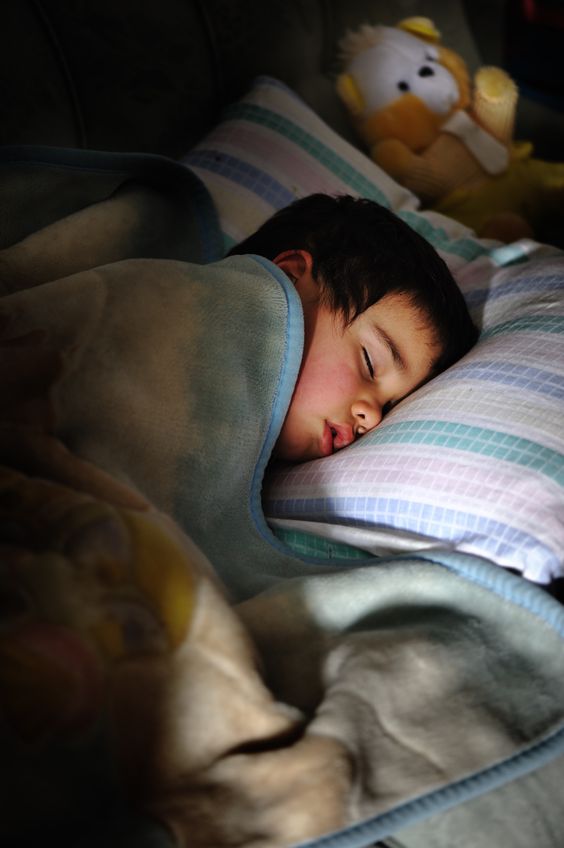
-
Sudden and strong cries that escalate quickly—and don’t quiet after a couple of minutes—often mean your baby wants your attention, perhaps due to hunger or a soiled diaper.
-
A piercing, glass-shattering wail can mean Baby is in pain or experiencing some sort of irritation.
Don’t worry, your little one is not crying in their sleep because they’re having a nightmare! In fact, infants and babies don’t even experience dreams until they’re around 2 years old. And even then, toddler dreams aren’t really like grownup dreams. Instead, toddler dreams are like snapshots or a slideshow, featuring friendly animals and other familiar sights, like images of their family eating dinner. Nightmares or night terrors most often occur in school age kids, but children as young as 4 years old may experience them, too. And, while rare, babies as young as 18 months old have been known to have night terrors as well.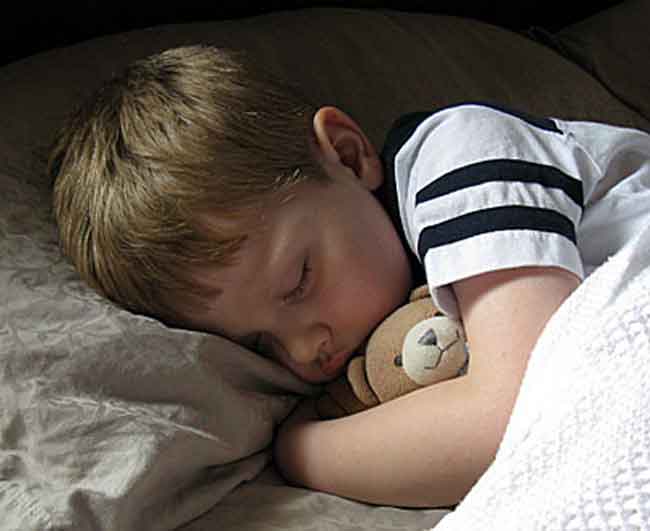 (Learn more about toddler nightmares.)
(Learn more about toddler nightmares.)
Different sleepytime tears call for different soothing methods. In fact, it’s often best to ignore some middle-of-the-night baby cries. (Waking a crying baby might even upset them more!) Follow this rule-of-thumb when your baby cries at night:
-
Don’t rush to soothe. Babies are naturally noisy and restless sleepers, so squeaks, squawks, and whimpering during REM sleep are the norm. If you can tune out your baby’s cries and screeches for just a few minutes, you might be surprised to find that your little one can settle themselves down.
-
Turn on white noise. White noise is an essential element of the famed 5 S’s for soothing babies for many reasons. One of them being: White noise helps babies ignore slight internal sleep-disruptors (like teething pain) and external ones (like traffic or TV sounds).
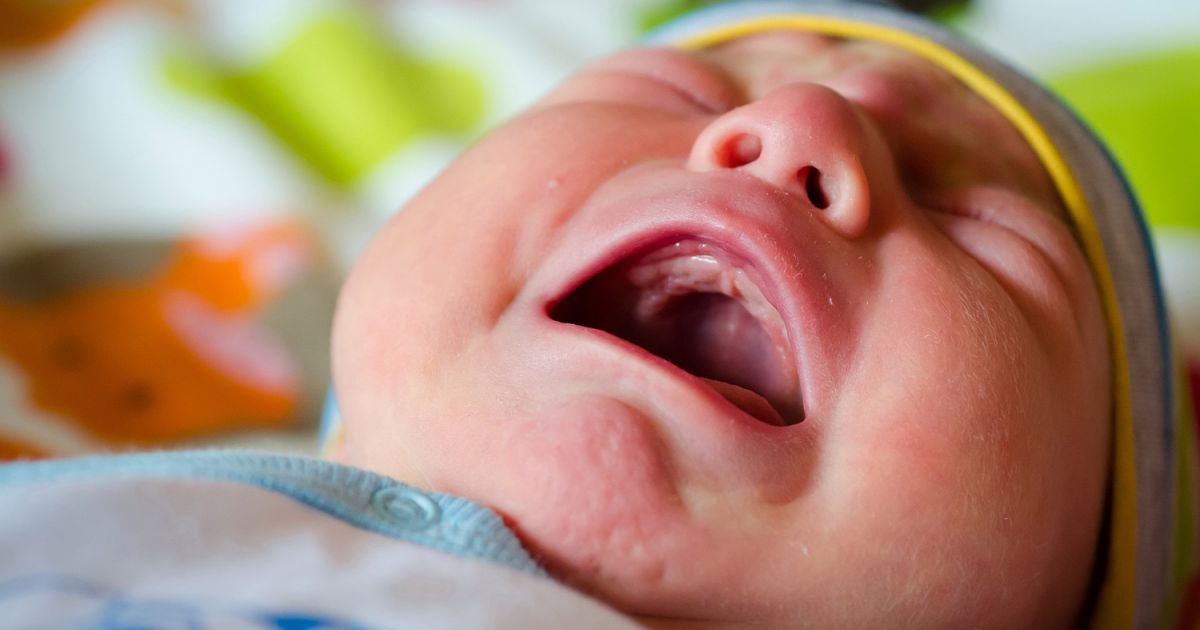 Plus, white noise mimics the constant soothing sounds Baby heard in the womb and has been shown to help 80% of infants fall asleep in just 5 minutes.
Plus, white noise mimics the constant soothing sounds Baby heard in the womb and has been shown to help 80% of infants fall asleep in just 5 minutes. -
Swaddle your baby. If you’re not already swaddling your baby with their arms down for all sleeps, start now. Snugly wrapping your little one in a lightweight swaddle can keep your baby’s startle reflex from waking them. (Unswaddled babies can easily and unintentionally bonk themselves in the face with their freewheeling arms, waking them up.) Plus, swaddling helps babies respond faster to the other soothing and sleep-inducing sensations, like white noise. (Once a baby can roll, swaddling must stop. But SNOO babies can remain safely swaddled until they’re ready to graduate to the crib.)
-
Use a pacifier this way. Pushing a paci into your baby’s mouth when they’re crying is often doomed to fail. Instead, wait till your baby is calm. (Paci sucking lowers Baby’s heart rate, blood pressure, and stress levels.
 ) You can teach your little one to keep the paci in their mouth by using a bit of reverse psychology. When Baby is sucking, gently tug on the pacifier as if you’re going to take it out without actually taking it out. After a few times your baby will resist these little pulls…and suck harder, making the pacifier less likely to fall out. (If you’re nursing, wait to introduce a paci till breastfeeding is well-established.)
) You can teach your little one to keep the paci in their mouth by using a bit of reverse psychology. When Baby is sucking, gently tug on the pacifier as if you’re going to take it out without actually taking it out. After a few times your baby will resist these little pulls…and suck harder, making the pacifier less likely to fall out. (If you’re nursing, wait to introduce a paci till breastfeeding is well-established.) -
Adjust the thermostat. Keep the room your baby sleeps in between 68 and 72 degrees Fahrenheit—and dress them in only one more layer than what you’re comfortable in. That generally means Baby should sleep in a breathable, cotton bodysuit and a lightweight swaddle or sleep sack.
-
Be boring. When you go to help calm your baby who’s crying in their sleep, keep your interaction quiet and calm. That means, change Baby’s diaper or offer a feed without unnecessary stimulation, like bright lights or your loud voice.

You can’t do anything about a baby’s natural sleep cycles and their somewhat predictable squeaks and whimpers that arise when they’re shifting from one sleep stage to the next. But there are things you can do to help keep your baby’s mid-sleep crying to a minimum, like…
-
Offer a dream feed. If hunger is causing your little one to cry in their sleep, implement a dream feed. To do this, gently take your sleeping baby out of their bassinet between roughly 10pm and 12am and offer your breast or bottle. (Doing this during REM sleep is ideal.) Your little one should start feeding, even if not fully awake. If nursing, encourage at least 5 minutes on either side. For formula-fed babies, try for about 3 ounces.
-
Tap the 5 S’s before bedtime. Swaddling, sucking, and shushing (white noise) are all part of the 5 S’s for soothing babies.
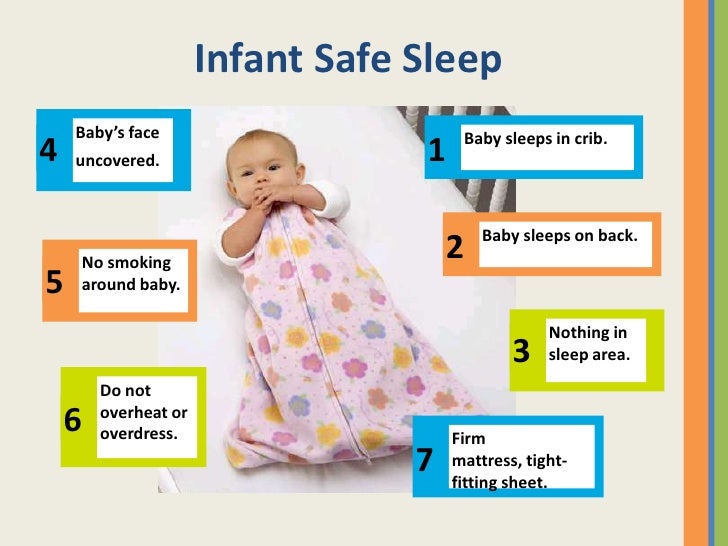 Integrating these sensations into your baby’s regular bedtime routine helps to avoid many sleepytime upsets from the start...and so does adding another S: Swinging (aka rocking). Rocking helps trigger your baby’s innate calming reflex, which is nature’s “off switch” for crying and “on switch” for soothing. But since baby swings are unsafe for babies to sleep in—and physically rocking your baby all night is, well, impossible—consider the award-winning and pediatrician-designed SNOO, a rocking smart bassinet. SNOO’s all-night white noise coupled with secure swaddling, allows babies to safely rock for all naps and night sleep. The best part: Research shows that rocking and rocking bassinets reduce crying, hasten sleep onset, and improve overall sleep quality.
Integrating these sensations into your baby’s regular bedtime routine helps to avoid many sleepytime upsets from the start...and so does adding another S: Swinging (aka rocking). Rocking helps trigger your baby’s innate calming reflex, which is nature’s “off switch” for crying and “on switch” for soothing. But since baby swings are unsafe for babies to sleep in—and physically rocking your baby all night is, well, impossible—consider the award-winning and pediatrician-designed SNOO, a rocking smart bassinet. SNOO’s all-night white noise coupled with secure swaddling, allows babies to safely rock for all naps and night sleep. The best part: Research shows that rocking and rocking bassinets reduce crying, hasten sleep onset, and improve overall sleep quality. -
Look for sleepytime signs. The goal is to get your baby down for sleep before they get overtired. To do that, look out for signs Baby is sleepy, like yawning, staring, blinking, and/or eye-rubbing.
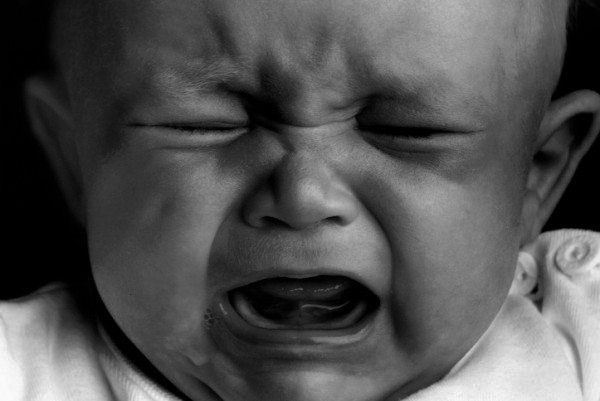 As soon as your little one shows that they're sleepy, it’s immediately time for bed! (Write down when those telltale sleepy signs first emerged…and then put your baby down about 5 minutes earlier for their next sleep.)
As soon as your little one shows that they're sleepy, it’s immediately time for bed! (Write down when those telltale sleepy signs first emerged…and then put your baby down about 5 minutes earlier for their next sleep.)
Yes, babies cry in their sleep when in SNOO, too! The difference? SNOO is designed to automatically respond to your baby’s cries with a steady progression of white noise and soothing rocking to gently settle them back into dreamland. In fact, SNOO often calms fussing within 60 seconds! But if your baby’s crying continues for 2 to 3 minutes, SNOO automatically shuts off and sends an alert via the SNOO app that your little one needs your attention. Of course, you don’t need to wait for SNOO to level up or “time out” before you go to your baby, but it is recommended that you wait until SNOO increases to level 2 (green) or 3 (yellow) before intervening. With that, it does take some time to adjust to sleeping in SNOO.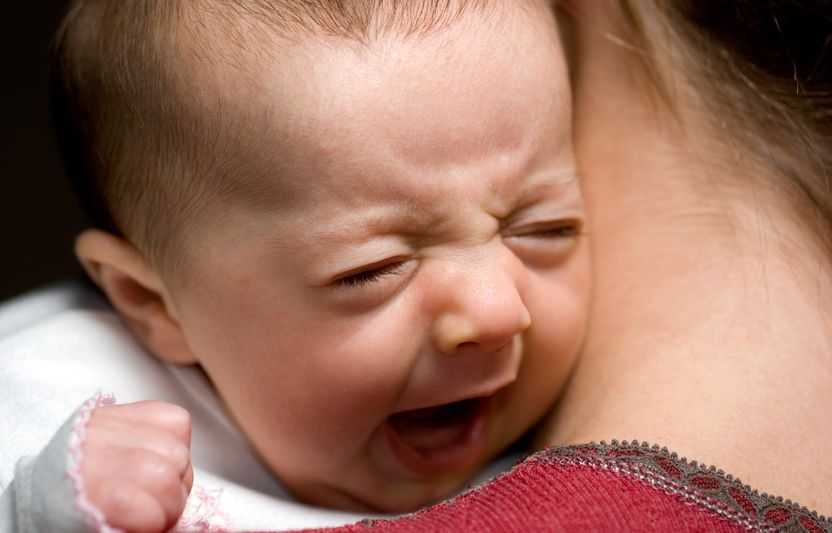 Here’s what to expect:
Here’s what to expect:
-
Newborns in SNOO: It usually takes about three to four days to begin to see the benefits, like less fussing and more sleep.
-
Babies older than 6 weeks: Typically, it can take these babies five to seven days of using SNOO for naps and nights to see the benefits.
-
Older babies: Little ones who are older may need longer to adjust to SNOO. To help, give them short massages (3 to 5 minutes) anytime they’re in SNOO…then take them out. Repeat that several times a day—for a few days—to give your baby some happy experiences in SNOO and start building a more positive relationship.
More Baby Sleep Tips:
- When Do Babies Start Sleeping Through the Night?
- What are Wake Windows?
- How to Sleep Train Your Baby
- Get Your Baby’s Naps Back on Track
- How to Help Preemies Sleep Better
View more posts tagged, crying
Have questions about a Happiest Baby product? Our consultants would be happy to help! Connect with us at customercare@happiestbaby.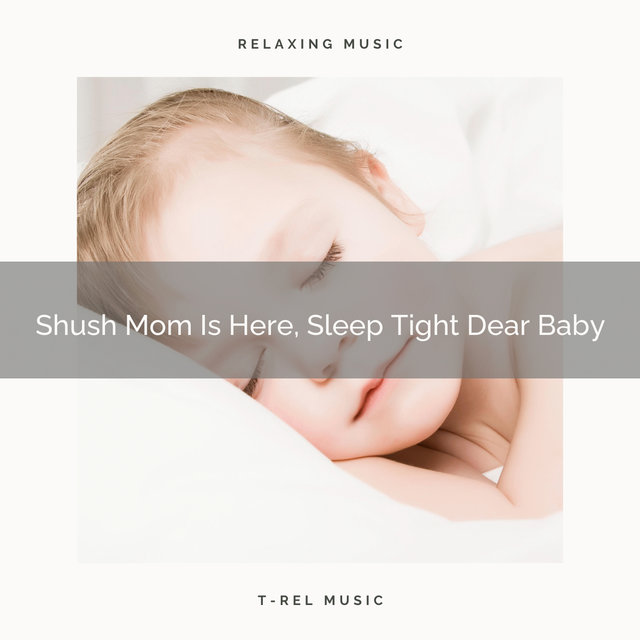 com.
com.
Disclaimer: The information on our site is NOT medical advice for any specific person or condition. It is only meant as general information. If you have any medical questions and concerns about your child or yourself, please contact your health provider.
Newborn sleep
Newborn sleep is the most exciting topic that haunts young parents. Why does he have such a hard time sleeping? Why does he often wake up at night to feed? Why is he sleeping so restlessly? As part of our article, we will answer these questions, as well as consider the existing violations of children's sleep.
When there is nothing to worry about
Let's look at a few cases in which you can be sure that your baby is growing in perfect health.
Newborn cries and groans in sleep
Why does a newborn cry or groan in sleep? Does he feel any discomfort, is he in pain? Young parents do not know what to do in such a situation and anxiously rush to see a doctor.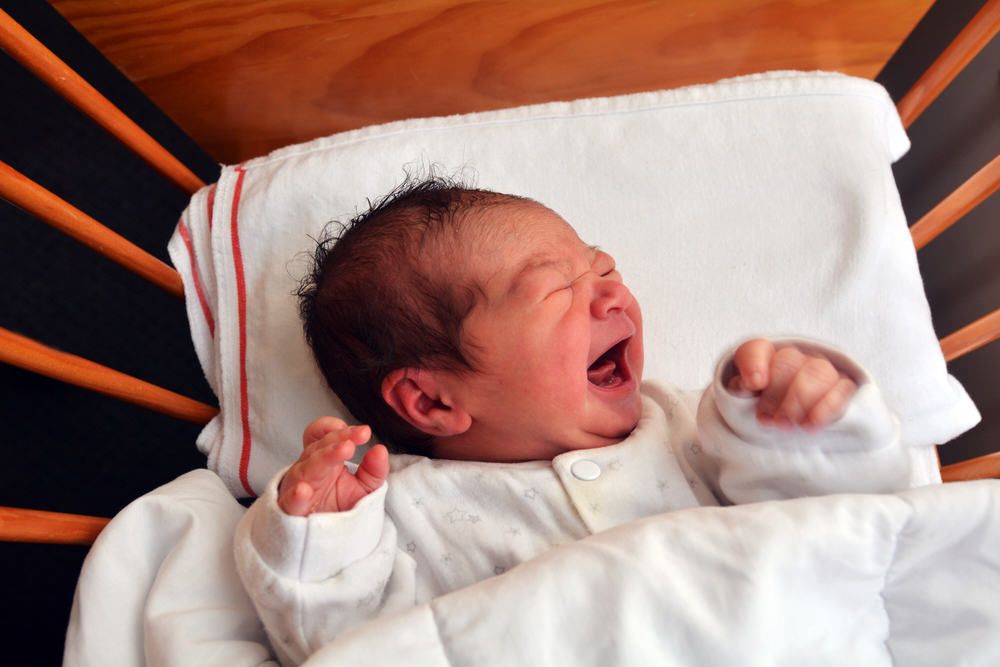 We hasten to reassure you. Everything is fine.
We hasten to reassure you. Everything is fine.
Crying or groaning in sleep is normal. Studies show that a similar reaction occurs due to dreams. In addition, babies in this way check the presence of parents nearby, instinctively looking for your protection and support. And if he doesn't find her, he starts to cry for real. Of course, this requires your intervention.
However, you should not react with excitement every time a newborn starts in his sleep. If you do everything right, then over time the child will learn to calm down on his own. Otherwise, he will require excessive care with age. The skill of self-soothing is developed in children during the first year of life. And it is your duty to contribute to this.
The child often wakes up at night
Another issue that worries parents is the regular awakening of the child. This is also normal. Awakening occurs due to the high frequency of sleep cycles. In infants, they occur more often than once an hour. Older children wake up less frequently and tend to fall asleep immediately. However, with the inability to calm down as a result of excessive attention from the parental side, sleep disturbances occur.
Older children wake up less frequently and tend to fall asleep immediately. However, with the inability to calm down as a result of excessive attention from the parental side, sleep disturbances occur.
A newborn starts in his sleep
Why does a newborn start in his sleep? - no less relevant for young parents question. This occurs during sleep cycle changes due to the immaturity of the central nervous system. And, of course, this is not a cause for concern. It goes away with age.
When to seek help
Now let's look at the cases in which your child needs specialist help. The most common insomnia is difficulty falling asleep, as well as regular awakenings. There are the following causes of insomnia in children:
- Secondary - occur as a result of any disease. For example, insomnia in children can occur due to fever or abdominal pain.
- Primary - not associated with any disease. The main cause of insomnia in children in this case is the behavior of the parents or the child during the time associated with sleep.
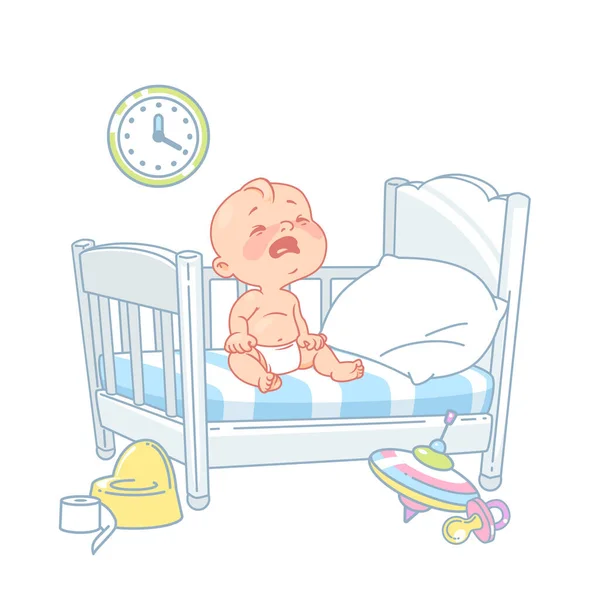
Secondary causes of insomnia in children are treated by treating the disease that causes it. Primary - by adjusting behavior patterns during the period of falling asleep. Let's see how to do it.
Behavioral insomnia
Irregular behavioral patterns when falling asleep include:
- falling asleep in parents' bed or in arms;
- with finger in mouth;
- during a meal with a bottle in the mouth.
Most parents will ask, "What's wrong with that?" Everything is very simple. If the baby wakes up and does not find nearby what made him fall asleep, he will begin to demand it. To eliminate insomnia in children, it is necessary to observe the correct behavioral patterns before going to bed. What are they?
It is necessary to follow a certain algorithm for preparing for sleep every day. Everything is simple here. Bathing, eating, short-term stay at the crib and leaving the child alone with him. Teaching a baby to this sequence is the key to a comfortable sleep. Both for himself and for his parents.
Both for himself and for his parents.
The “subject mediator” will help develop the described behavioral model in the child. This is a certain item that is next to the baby during sleep. For babies, this is, for example, a diaper that keeps the mother's smell, and for those who are older - a favorite toy. All this gives children a sense of comfort and suppresses the excitement during awakenings, and also allows you to feel your closeness.
What if the child does not want to adopt a certain sleep pattern? Every now and then he goes to the toilet, asks for water, or even comes to bed with his parents. In no case do not put pressure on the child. This will only make the situation worse.
It is necessary to subtly persuade the child to adhere to the regimen. This will set the baby's brain for sleep and prepare him for parting with you. So, for example, you can strictly determine the number of fairy tales that you read before going to bed.
Eating disorders
Another cause of insomnia in children is the absence of a fixed meal schedule.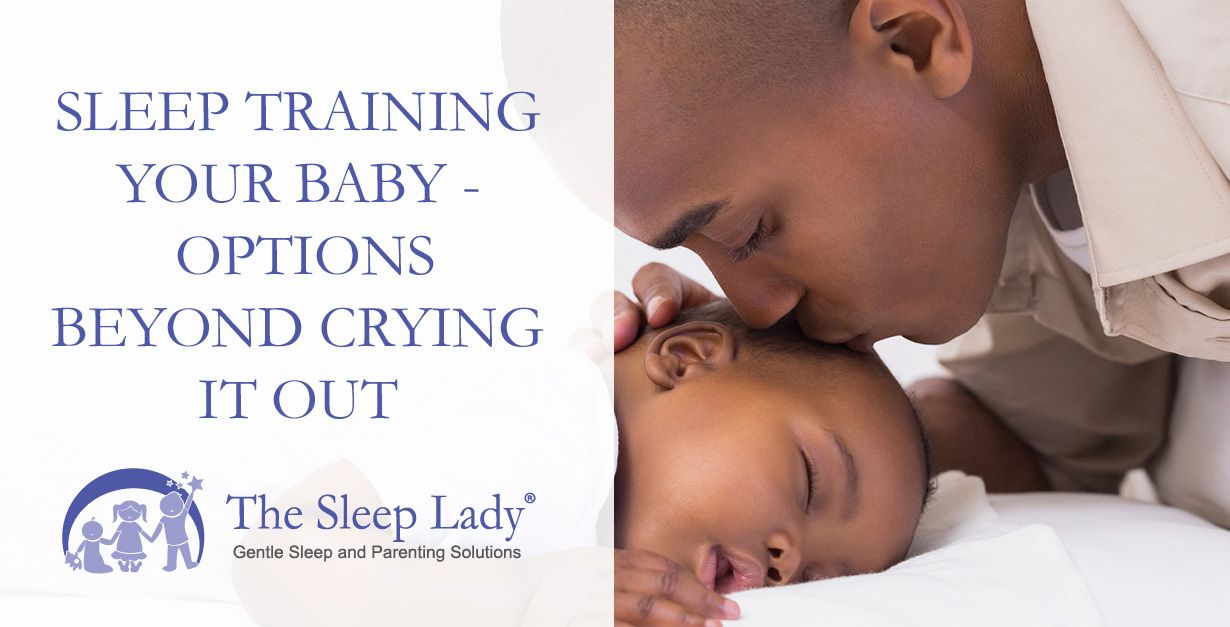 Many parents feed the child haphazardly - whenever he begins to express dissatisfaction. Feeding in the evening should occur clearly before bedtime. This will develop a certain reflex in the child.
Many parents feed the child haphazardly - whenever he begins to express dissatisfaction. Feeding in the evening should occur clearly before bedtime. This will develop a certain reflex in the child.
In addition, there are other ways to treat insomnia in children.
Treatment of insomnia in children
What you can do:
- Establish a clear daily routine and meal schedule for your child so that he naturally falls asleep at a certain time.
- Only use the baby's crib for sleeping - do not play or eat in it.
- The use of special drugs that improve sleep is not recommended. They can be used occasionally to adjust the regimen. And then strictly individually, after consultation with a doctor.
In case of secondary causes of insomnia, the treatment is to eliminate the pathology that caused insomnia. For this, you need to contact your pediatrician. During treatment, he will prescribe sedatives. However, at the same time, one should not forget about the daily routine, diet and behavioral therapy.
If you are unable to make your child follow the routine on your own, contact the Seven Doctors multifunctional health clinic in St. Petersburg. To make an appointment, please call 8(812)677-0-777. A professional sleep specialist will advise you on all your questions and select the most convenient time for your visit.
See also:
- Abdominal ultrasound
- Cost of physiotherapy
- Sleep treatment in clinic
- Prices for spirometry
Why a child crying in a dream without waking up - the causes, advice and recommendations of specialists
09/25/2015
258487
98 9000
Why does not sleep at night
0–3 months of 3 months –6 months 6–9 months 9–18 months 1.5–3 years
Article author
Tatyana Chkhikvishvili
Tatyana Chkhikvishvili
Head of online programs, psychologist, sleep and breastfeeding consultant
Mom of two children
You can't figure out why your baby cries in his sleep? Get confused when the child wakes you up at night crying, while he himself continues to sleep. Parents of older children are no less worried in such cases. What causes a baby to cry in a dream? What to do, how to help the baby?
Parents of older children are no less worried in such cases. What causes a baby to cry in a dream? What to do, how to help the baby?
Child crisis calendar
Causes of crying in sleep in children under one year old
A newborn sleeps differently than an adult, not only quantitatively, but also structurally. Approximately half of the time that newborns sleep, they spend in the REM phase. It is also often referred to as "rapid eye movement sleep" or "REM phase" - this is the time when the baby sees dreams. Such a large amount of REM phase is necessary for the intensive process of development and growth of the brain of a small child.
During this phase children:
- actively move their pupils;
- move arms and legs;
- grimacing, reproducing sucking movements with their mouths;
- make various sounds, whine.
In this phase, a newborn baby may cry - but very soon this just as suddenly stops, and the baby continues to sleep peacefully.
REM sleep is not sound and the child can wake up easily if something disturbs him. If the mother, at the beginning of such physiological crying, immediately takes the baby in her arms and actively tries to comfort him, this can lead to awakening. It is worth waiting a few seconds - this may be enough for the baby to continue his dream.
Moro reflex
All healthy babies have this natural reflex. The baby has a reflex throwing up of the handles, including when he sleeps. This often results in the child waking himself up. But it can also be the cause of crying without waking up.
Swaddling the baby before bed helps a lot - both for three-month-old babies and even for older children.
Developmental leaps
In the first year of life, the child is constantly changing and often experiences crises caused by developmental leaps. During periods of crisis, the load on the nervous system of the baby increases sharply.
These changes are common causes of sleep crying. It is important to monitor the emotional load, to prevent overexcitation and excessive fatigue. Keep a close eye on signs of fatigue and waking hours.
Changing sleep patterns
At around 3 months, your baby's sleep patterns change. Its structure becomes the same as in adults. During the transition to a new structure, there is often a sharp deterioration in the child's sleep. This period is called the "regression of four months." The baby screams in a dream or wakes up crying, it can be difficult to calm him down.
During this period, it is important not to introduce new strong associations for falling asleep - it is better to use the actions by which you help the baby calm down and fall asleep just for calming down, and not until he falls asleep completely.
Important!
The calmer the baby is before bedtime, the less help he or she will need. Make sure that the child does not "overwalk".
Make sure that the child does not "overwalk".
Superficial sleep
After a change in the structure of sleep, the stage of superficial sleep appears in it. It begins immediately after falling asleep and lasts from 5 to 20 minutes. Only then comes deep sleep.
Partial awakening may occur during the transition between light and deep sleep. If the child is not yet able to make this transition on his own, or he is overexcited, or he has accumulated fatigue, at this point he may cry.
Put your baby to bed on time to prevent fatigue and tears, if necessary, help him prolong sleep during the transition between stages of sleep. If it was not possible to calm him down and lay him down again, he will not rest enough. Therefore, make the next waking time shorter than usual. This is important for both a five-month-old and a one-year-old child.
Awakenings between sleep cycles
Babies have a sleep cycle of about 40 minutes. By the age of 2, it gradually lengthens to about 1.5 hours.
By the age of 2, it gradually lengthens to about 1.5 hours.
There are usually awakenings between sleep cycles to control the environment and well-being. At this point, the child may begin to cry if something bothers him: discomfort, overexcitation, psychological factors. And if everything is in order and the child is ready to continue sleeping, but does not know how to fall asleep without help, he will begin to cry due to the lack of familiar conditions for falling asleep.
Physical discomfort
The child may cry in his sleep if he is hungry or thirsty. In this case, he soon wakes up and calms down after eating or drinking. Usually a child under one year old needs feeding at night.
The crying baby may just want to pee. Why does a child react so sharply to such an everyday occurrence? He still does not fully understand what is happening, but he feels discomfort that prevents him from sleeping peacefully at night.
The baby may also cry from a wet diaper or an overfilled diaper.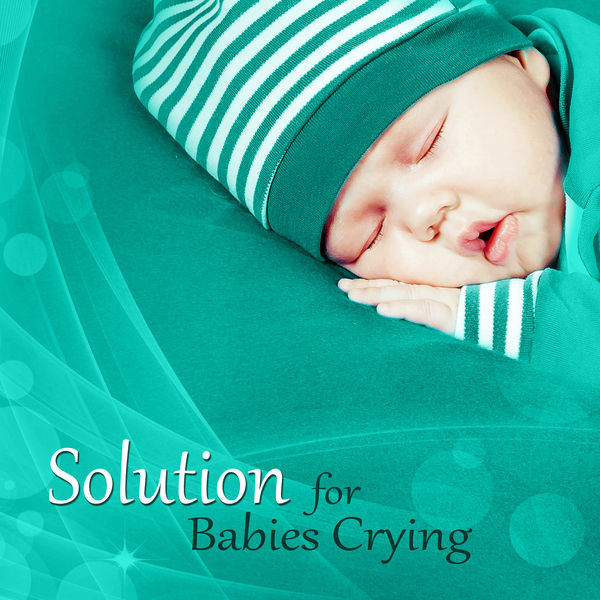
A common reason why an infant cries in its sleep is the uncomfortable conditions in the room. In infancy, temperature (18–22°C) and air humidity (40–60%) are especially relevant.
Clothes are also important. Barbed tags or rough seams can cause a baby to cry, especially a highly sensitive one.
If a child cries often, strongly, for a long time at night, this may be a sign of an illness. The baby most likely wakes up and calls for help, although it may cry during sleep. Most often, an infant suffers from a runny nose, otitis media, and allergies. But gastroesophageal reflux is also possible, as well as neurological problems. If the nature of crying bothers you, be sure to contact your pediatrician.
Well, if diseases are ruled out, then why does the child cry so much, as if something hurts him? There are pains that are not associated with pathology. For example, colic in the first months of life, pain from teething in older babies, abdominal pain at the beginning of the introduction of complementary foods, when the gastrointestinal tract is only being rebuilt on solid food. It happens that this is reflected only in sleep, and during the day it remains invisible, because the baby is distracted by learning about the world and playing. But at night, all distractions recede, and the baby suddenly starts crying.
It happens that this is reflected only in sleep, and during the day it remains invisible, because the baby is distracted by learning about the world and playing. But at night, all distractions recede, and the baby suddenly starts crying.
Poll
What does your baby need to fall asleep?
(you can choose one or more options)
- Square
- Breast
- bottle
- Nipple
- MOTHING MOTHER
- FAVORITY FAVORITY ACTIONS SPICIA reflect the atmosphere in the family. Busy days - restless nights. This does not mean that parents should not have "negative" emotions or that a mother should not cry in front of her baby. Having and showing different emotions, including through crying, is normal. If you feel that there are difficulties in this area, look for support from loved ones, among other mothers or from a psychologist.
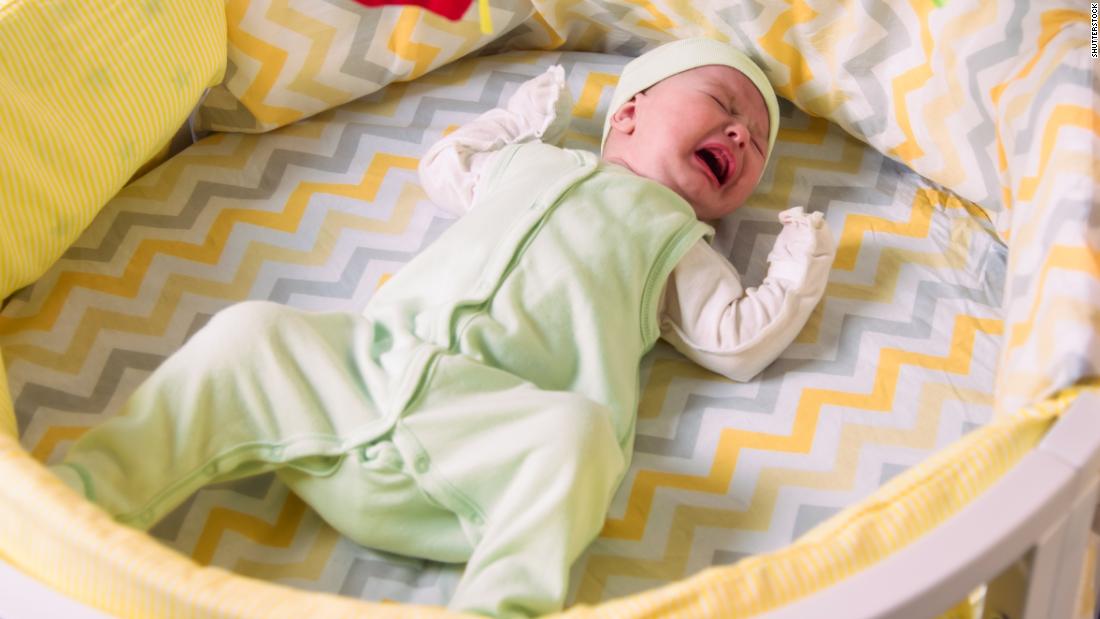
Babies need frequent and close contact with their mother. And if they don't get enough closeness with mom during the day, they try to make up for it at night. In this case, it is worth thinking about co-sleeping. For many mothers, it turns out to be very convenient, because the baby, feeling his mother nearby, wakes up less often. Remember safety!
Even those children whose mothers enjoyed a peaceful sleep in a separate bed may start crying for attention at night during a separation crisis.
Associations for falling asleep
Intensive parental assistance in falling asleep usually affects sleep after 3-4 months of age. Most often, it looks like the “four-month regression” has begun, but for some reason does not end. According to the calendar, the crisis period should have ended long ago, but week after week passes, and the child continues to demand attention every hour or two at night. The fact is that during the regression, he had fixed associations for falling asleep.
